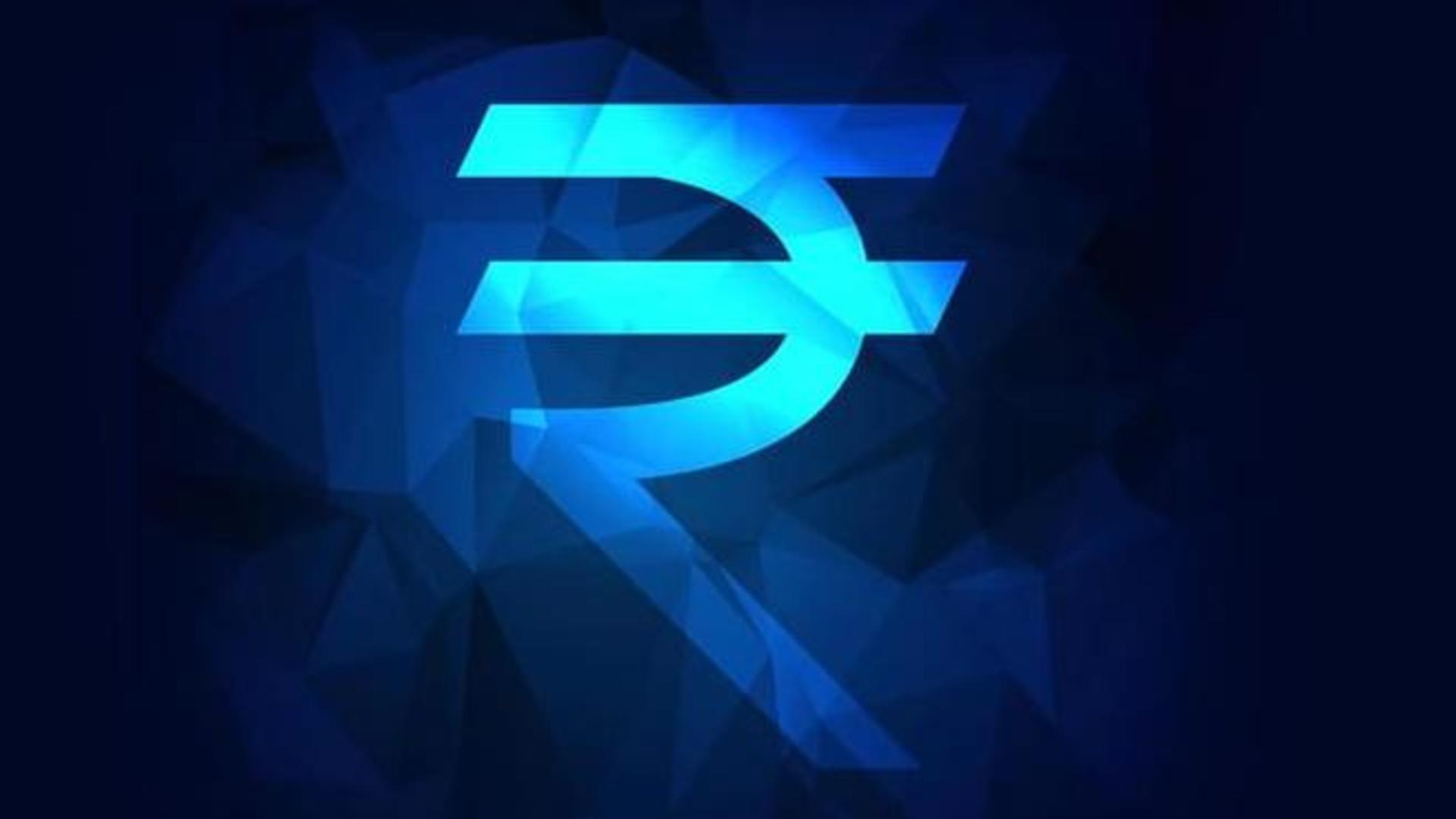
RBI's retail digital rupee is now live in 4 cities
What's the story
On December 1, 2022, the Reserve Bank of India (RBI) launched the retail digital rupee (eRs-R) on a pilot basis in India. The pilot of RBI's Central Bank Digital Currency (CBDC) involved a closed group of banks and cities.
As part of the first phase, the retail e-Rupee is live in Mumbai, New Delhi, Bengaluru, and Bhubaneshwar.
eRs-R
Users can transact eRs-R through wallets
The retail e-Rupee is for day-to-day transactions. The pilot covers only a closed user group (CUG) involving a select group of customers and banks. It can be used for both person-to-person (P2P) and person-to-merchant (P2E) transactions.
Like cash, it offers settlement finality and can be converted into other forms of money. Users can transact eRs-R through a wallet provided by banks.
Availability
Retail e-Rupee is available via 4 banks
In the initial phase of the retail e-Rupee pilot, four banks and four cities are involved. Interested users in Mumbai, New Delhi, Bengaluru, and Bhubaneswar can get eRs-R from the State Bank of India, ICICI Bank, Yes Bank, and IDFC First Bank.
The central bank has launched a token-based CBDC, which means whoever holds it is presumed to own it.
Information
The pilot will be extended to more places and banks
In the second phase, the pilot will be extended to four more banks, namely, Bank of Baroda, Union Bank of India, HDFC Bank, and Kotak Mahindra Bank. Ahmedabad, Gangtok, Guwahati, Hyderabad, Indore, Kochi, Lucknow, Patna, and Shimla will also become part of the pilot.
Difference
What is the difference between digital currency and UPI?
Retail e-Rupee and UPI are not the same. While one is the digital form of the physical currency issued by RBI, the other is a mode of transaction.
Digital rupee is issued in the same denominations as the physical currency. With UPI, you transfer money to another account or merchant.
Banks are intermediaries in the case of the digital rupee.